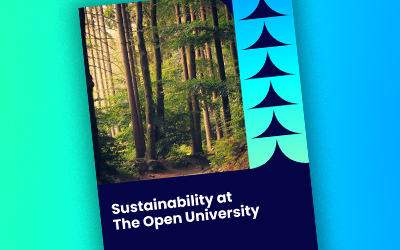You are here
- Home
- Explore Projects
- Butterfly Wing Diversification & Evolution with Citizen Science
Butterfly Wing Diversification & Evolution with Citizen Science

This research aims to create and run a citizen science demonstrator project, for The Open University’s (OU) developing Citizen Science Centre of Excellence, based on the segmentation & study of butterfly wing patterns.
Unlike the spots and stripes of other animals, the pattern elements making up butterfly wings are uniquely individuated, evolving and developing separately from one another. This has given rise to their huge diversification, including adapting wing patterns for camouflage and mimicry. Sequencing butterfly genomes to directly link their genetic variation with observable characteristics provides researchers an ideal means to study adaptive morphological diversity and natural selection in general. Machine learning has been applied to speed up wing pattern identification & segmentation but limited to specific types of pattern elements rather than all elements: the latter would allow for a more comprehensive study of wing patterns in greater complexity.
Citizen Science (CS) provides an accessible way to get the public genuinely involved in scientific discovery, fostering interest in science and technology, and inspiring the next generation of scientists.
Our vision is to create a citizen science project for the segmentation of butterfly wing patterns to create a comprehensive data set for use in training deep learning methods, allowing experts to study the diversification and evolution of these patterns in detail. With more than 160,000 different species, butterflies are highly important to ecosystems as key pollinators across the world, and the wide variety of their wing patterns helps act as an indicator of the diversity of different habitats. This use of citizen science and automated algorithms is key to enabling a larger scale study, such as to distinguish between near-identical toxic & non-toxic species and to link these differences and similarities in physicality to the underlying genetics.
Click here for more information about this project.

More Sustainability Projects
Leading examples of how the OU’s pioneering sustainability research is actively protecting and regenerating our planet.

Download the Sustainability brochure
Read about sustainability projects at the OU.

Get in touch
Email Gillian Hosier or call on 01908 858285 to discuss this project